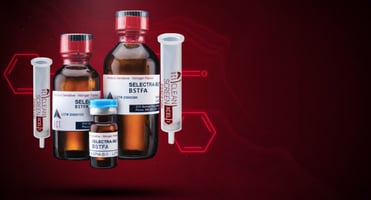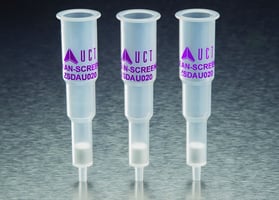Today, we want to shed light on the crucial role that chromatography consumables play in analytical...
UCT XtrackT SPE column used in research work focused on doping control in horse racing
The major metabolite of Dopamine, 3-methoxytyramine (3-MT) is monitored in equine urine samples as an indicator of dopaminergic manipulation from Levodopa administration. Tyramine is a biogenic amine produced by decarboxylation of amino acid L-Tyrosine. Therefore, changes in the diet could alter the concentration of Tyramine, making it a potential biomarker for monitoring dopamine abuse. This study aimed to measure and compare 3-MT concentration post Levodopa administration against a reference population. Also, the 3-MT/T values were examined to check the appropriateness of Tyramine as an Endogenous Reference Compound (ERC).
UCT’s XtrackT columns were used to extract the urine samples. The samples were enzymatically hydrolyzed before transferring them to the SPE column. Matrix interferences were washed away with a series of wash solutions. Next, the target compounds were eluted with ammonia in ethyl acetate. Finally, the extracts were evaporated and derivatized for analysis on GCMS.
The proposed reference limits for 3-MT and 3-MT/T were 776 ng/mL and 5.3, respectively. Out of the two horses used in the Levodopa administration study, horse 1 showed a maximum 3-MT concentration of 2866 ng/mL after four h, which was identified as abnormal considering the reference limits. 3-MT level in horse two after four h was 6314 ng/mL, which would have been identified as positive for dopaminergic manipulation as it exceeds the 4000 ng/mL threshold.
Citation: Elbourne M, Cawley A, Stanley S, Bowen C, Fu S. Intelligence benefit of the 3-methoxytyramine to tyramine ratio in equine urine. Drug Test Anal. 2022 Mar 28. doi: 10.1002/dta.3264. Epub ahead of print. PMID: 35343638.
DOI: 10.1002/dta.3264




